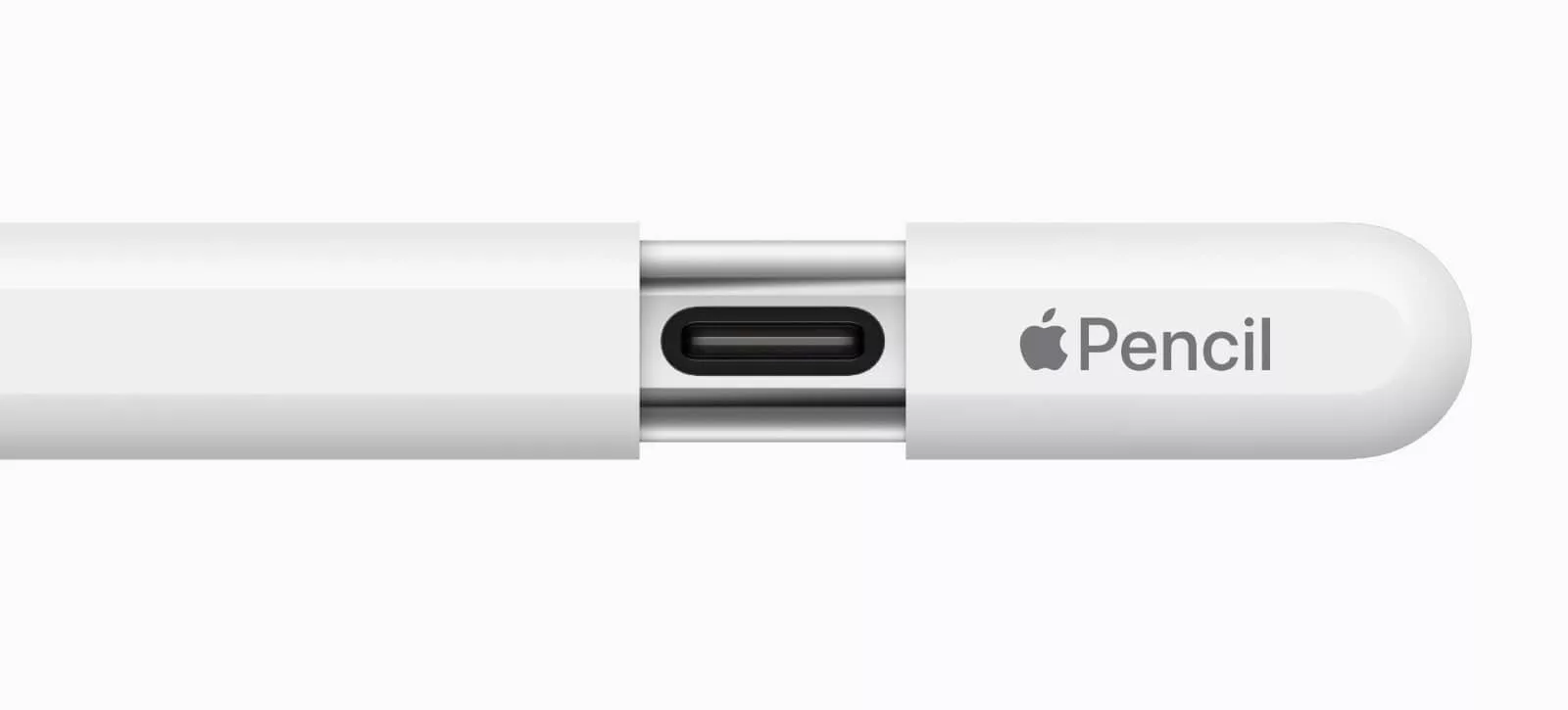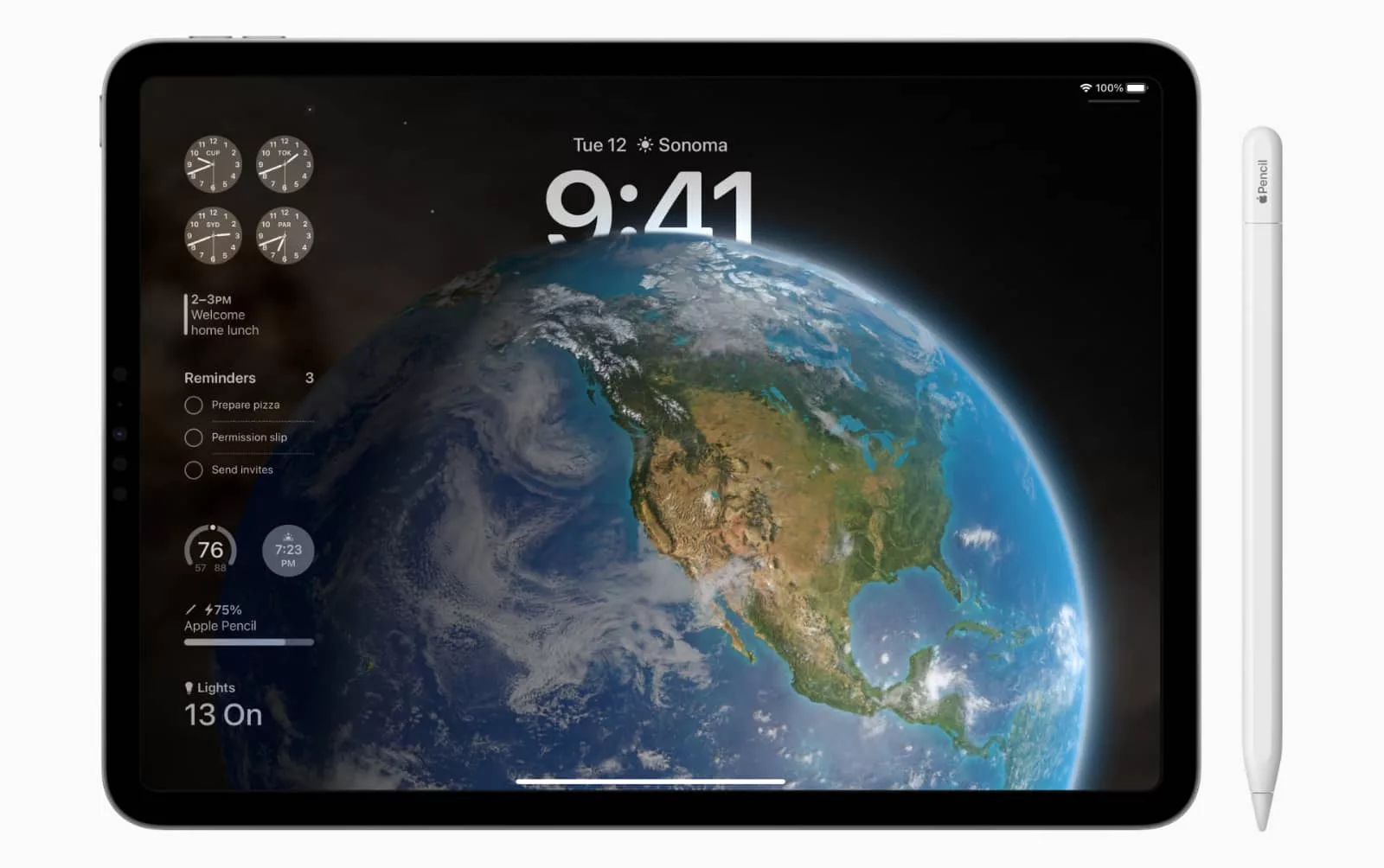The Apple Pencil has never been an inexpensive accessory, but the latest version improves the pricing and charging.
If you’re someone who loves using a tablet, there’s a good chance you’ve checked out using that tablet with a stylus. They vary in features and design, but the idea is sound, giving you hand-writing and drawing abilities on something that’s basically a touchscreen computer.
Some styluses do more than others, of course.
While there’s a simple capacitive touch rubber or silicone nib style — the cheap stylus — there are also more feature-driven models that use pressure sensitivity and offer low latency, connecting with the tablet using special screen technology or using a wireless connection, and basically allowing you to get more use than simply pen to screen.
That’s largely what the Apple Pencil has been about, though it has not been an inexpensive accessory. We’ve seen two generations over the past few years, with the original generation for iPads with the Lightning port and the second generation for iPads with the flat edge, namely the iPad Air, iPad Pro, and the iPad Mini.
Strangely, even the recent standard iPad’s move to the flat edge in the 10th-gen iPad missed out on support for the flat-edged second-gen Apple Pencil, forcing owners to use a the first-gen Lightning Apple Pencil with an iPad that lacked the port, making for a less than desirable pairing and charging process.
But that looks to be changing shortly, with Apple adding a third Pencil to the list that fixes some of the issues we’ve seen previously, namely price and compatibility.

Let’s tackle compatibility first, because the “Apple Pencil USB-C”, as it’s called, looks like the second-gen model complete with the one flat edge designed to be held magnetically on any Type C iPad.
Short of the iPad 9th-gen still in the market (but possibly not for much longer), the USB-C Apple Pencil will work with every current model, attaching magnetically for easy storage, even if it won’t charge that way.
Instead of magnetic charging with the 2nd-gen Pencil, you’ll need to flip back the cap on the Pencil and charge it with a Type C cable. Apple iPhones now charge this way, so this shouldn’t be a totally new concept for folks. Everything is heading to Type C USB, folks, even the Apple Pencil. Next up, we assume Apple’s keyboards and mice.

The USB-C Apple Pencil will support many of the same features, too, including the pixel perfect drawing thanks to the wireless connectivity, low latency, and tilt sensitivity, but it will miss out on pressure sensitivity and the double tap to change tools, features that the more expensive second-gen Pencil get.
However, the price is lower, and that can only be a good thing.
While the first-gen Lightning Apple Pencil costs $159 and the second-gen magnetically charged Apple Pencil goes for $219, the USB-C Apple Pencil will retail in Australia for $139 with education pricing seeing it closer to $119. Sure, that’s more expensive than your basic stylus, but it’s a lot more economical than the other Apple Pencil models, as well, with availability set for early November.






